| |
 |


| |
We would like to welcome Infigo Audio as a new sponsor to What's Best Forum. Infigo Audio is an interesting company with a new DAC, a Class A amplifier and a range of audio cables all made in Canada.
Here are some words from Hans Looman:
|
|
| |
"This month at Infigo Audio we’re celebrating our first anniversary of high-end audio show participation. After a (very) long time of no shows because of the pandemic, the Capital Audio Fest 2021 was our official kick off.
As is the case with many audio companies, ours is the result of a gotten-out-of-hand hobby and being passionate about music. It all started in 1998 from trying to understand why the one component that is NOT supposed to change the sound, the amplifier, has such a profound influence instead of just doing its job: boosting the signal so it can drive a speaker.
As we all know the rabbit hole is deep, but it’s an extremely interesting place to dig in! Sound, and especially music, has amazing properties and there’s a lot more than meets the ear. There is an entire world of information in the correlation of the two channels of a stereo signal, which builds the virtual reality trickery our brain enjoys so much when listening. Everybody listens differently, this is what makes things very subjective. It is much easier to quantify things visually than when listening to details, everyone can see if a line on a graph is 1.2 times bigger but virtually no one can say anything with same precision when determining the depth of a stereo field or the focus of imaging." |
|
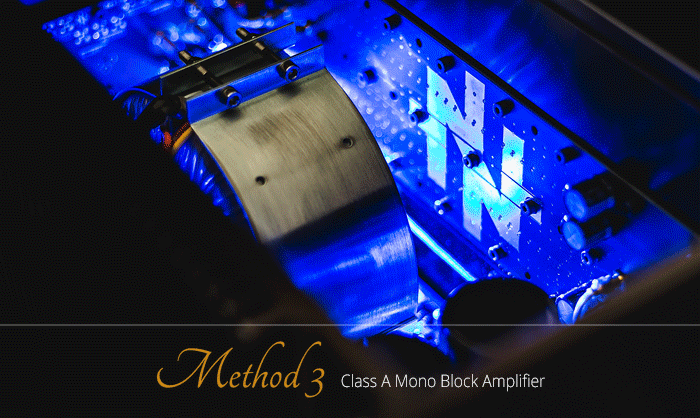
| |
"Based on studies performed in the Netherlands to localize sources of sonic booms caused by airplanes using very large arrays of microphones, I set out to do the same for audio signals, using an array of microphones and correlation algorithms to visualize the virtual sound sources of a reproduced stereo image. Plotting them in various sized circles uncovers a wealth of information that is very hard to uncover just using the ears alone. An interesting spin off of this measuring setup is a recording technology I still use today to record symphony orchestras.
As a mental exercise think of what happens when reproducing a violin positioned a little to the left, a little back in the stereo field. If it’s playing a concert A, we recognize by the ratio in various harmonics that it’s a violin and not any other instrument. Details in the difference between left and right gives us the audible clues as to its position in space, however this is where it gets complicated real quick. If there is the slightest difference in treatment between the base note and its higher harmonics (and there usually is, think phase) this greatly affects the spatial clarity of the stereo image. The brain notices the violin at the right spot for the base note, but senses something is off due to the harmonics perceived in a slightly different spot." |
|
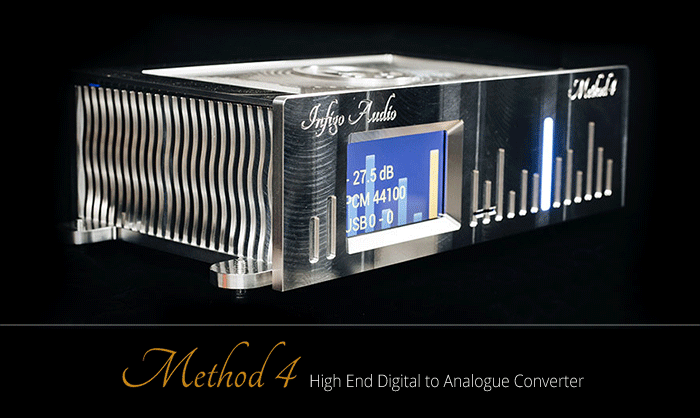
| |
"When all is perfectly aligned however, our brain is free to wander around in the image and is able to focus on that particular part of the music we’re interested in while subconsciously filtering out what’s not at the center of attention, much like the eye focusing on an object to see it fully, while only barely noticing whatever is in the peripheral vision. The freedom to subconsciously filter sound gives us the ability to hear/enjoy things in greater detail and without the so-called listening fatigue.
To circle back to what started it all, many of these findings were incorporated in the first prototype class A amplifier, which after numerous iterations and engineering changes is now our Method 3 mono block amplifier. It is a unique design using hundreds of small extremely fast transistors in the output stage, that stay conducting at all times in a smart way rather than brute force, hence the pristine sound class A delivers but without ‘cooking the room’. All of this leads to a very pure, clean, dynamic and extremely fast sound that is incredibly natural and life like."
|
|
|
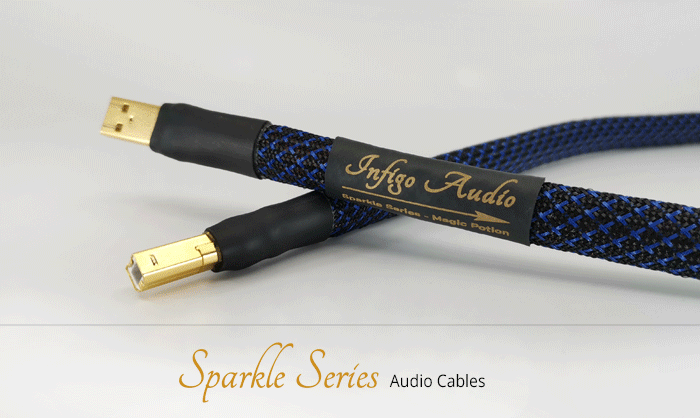
| |
"Optimal spatial clarity is at the basis of all our designs, from streamer via Method 4 DAC to Method 3 amplifiers via our Sparkle Series cables. It’s all based on science, but always with the ear/brain being the final judge.
The list of things done differently in our designs is a bit too long to cover in this email introduction, but I’ll be happy to divulge some of it in further write-ups.
That’s it for now: I hope to be able to contribute positive tidbits to the forum and keep sharing the passion for music!" |
|

|
| |

| |
A feature from one of our sponsors Frederick Crane
Prana Distribution LLC.
|
|
| |
Introducing Trafomatic Audio
Giant Tubes, Giant Steps
|
|

| |
(Goran, Sasa, Milorad and Andrea…Transformer winders not pictured are Bojan Arsić , Zoran Cvijanović, Aleksandar Tomić…some bad winding dudes).
"A decade ago I began a conversation with a client. This wasn’t one of those, ‘Hi, how are you? Would you care to buy a highly experimental non-existent audio system that we feel will fully engage those aspects of your love of music that have been heretofore unrealized by recorded media?’
Rather, it began like most audio conversations, around something seemingly innocuous: A cartridge here, a cable there, a turntable down the line. What manifested over 1,100 emails was an understanding. He was the most technically proficient client I’d encountered, with actual on-the-ground experience, and he understood that I understood from whence he came. If we were big game hunting, it would require out of the box thinking."
|
|

| |
"Having owned literally every top offering from each amplification sector, and still being left wanting, we began to explore the ethereal atmosphere. Those rare aspects that might lift whatever remained of a veil between him and his favorite artists. For his part, it was imperative that the music be served...nothing was off of the table. He needed power. He needed intimacy and immediacy. He needed a single giant output tube.
The GM70 wouldn’t quite get you there. Despite its beauty and huevos, we needed more of the latter. Similarly, the 845 and 211 would not complete the mission in a single ended configuration and the idea of going parallel single ended was a compromise that made no sense this far up the mountain. I had begun collecting Eimac Tubes around 1995 ; 450TL’s, 250TL’s, 304TL’s and 75TL’s before they became more or less extinct. I also had GM100’s but they made better lamps than output tubes. As the conversation progressed, It became clear where our yellow brick road was leading by about email #850." |
|

| |
"It was decided that we would embark on a mission : An all tube preamp with a voltage input and a current output, (never done before that I know of) and single ended tube monoblocks that put out 130 Class A1 watts per channel with 2600+ volts on the rails. Immediacy, power, space…pure music. It took over 2 years but was well worth the wait.
I felt a little like Werner Herzog in Fitzcarraldo, pushing towards perfection whilst bordering disaster. (no one was killed during the making of these electronics) Of course, I was just the talking head, far from having my hands playing near voltages that could snatch the life right out of me or whomever could be found to undertake them. There were only a few people in the world to contact that could construct an amplifier that possessed lethal voltages and required very specialized transformers to reach their potential.
Trafomatic Audio (Serbian for ‘transfomers’) was my first and last stop, Sasa Cokic being the primary engineer, or as Matej Isak has referred to him, the Balkan Kondo-san. He had done many one-off amplifiers several of which demonstrated the necessary skill set to attack such an undertaking. Here we see the 75TL’s in an early PSE design.
There were several iterations and circuits that were shopped into being…makers with giant electricity deflecting gloves. Until finally the Drina came to life. A coffee table sized mono block with extensive protection circuits and easily the best sound any of us had heard. The winding for the output transformers is proprietary and will not be disclosed."
|
|

| |
"The Tara 2, now the Tara 30a (after the 4 EML30A output tubes employed), accomplished the voltage/current circuit that Sasa had dreamt of for the preamplifier, with each output tube having its own nano-crystal cored output transformer.
The Tara is a river that divides the Tara River Canyon, the second largest canyon in the world. The Tara flows South to North and eventually converges with the Piva River, to form the Drina River. Sasa is an avid fisherman and his love of the purity and majesty of the Balkan Rivers constituted the appropriate names for his most majestic offerings.
Last stop on the train to perfection was a vinyl archivist’s dream. The Collins Phono Stage, built around the groundbreaking work of Arthur A. Collins."
The Elysium was conceived as a less powerful, (but still quite powerful) version of the Drina, sporting the 250TL instead of the 450TL.
The result is the most ‘you are there’ set of electronics we’ve heard. This trio of mad innovation did trickle down to more attainable fruits like the Pandora and Glenn Monoblocks, the Luna Phonostage, the Lara Linestage, the Rhapsody Integrated, the Stealth Integrated and the Primavera Headphone Amplifier." |
|
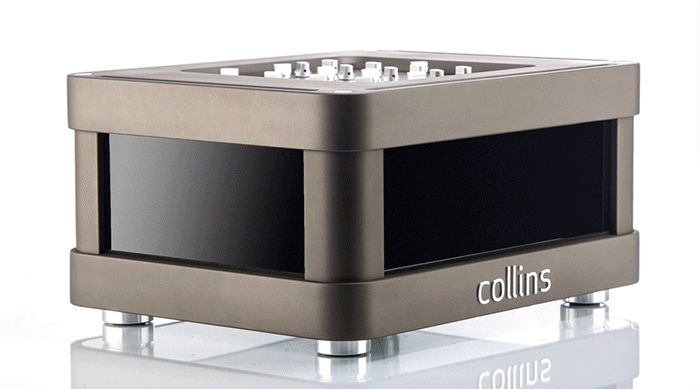

|
| A selection below of threads on What's Best Forum |
| What Did Your System Look Like 20 Years Ago??? |
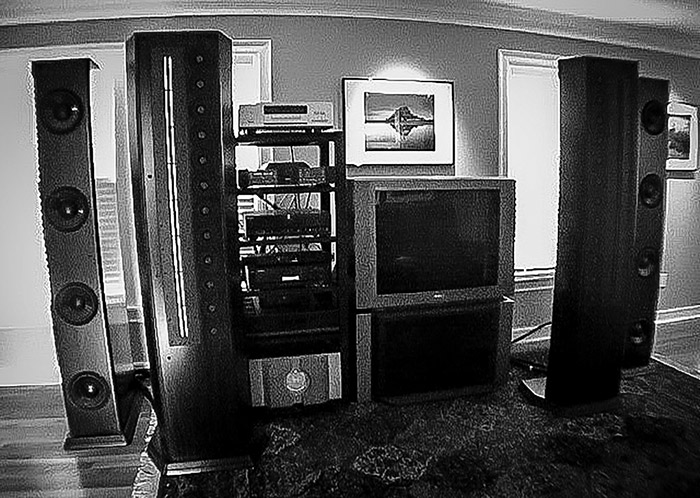 |
| |
| AS Seasoned Audiophiles, What Have You Learned? |
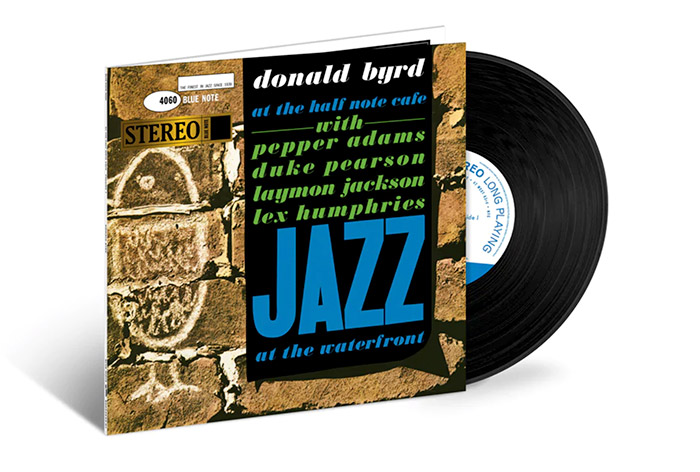 |
| |
| Don_Camillos Chill out lounge with vinyl |
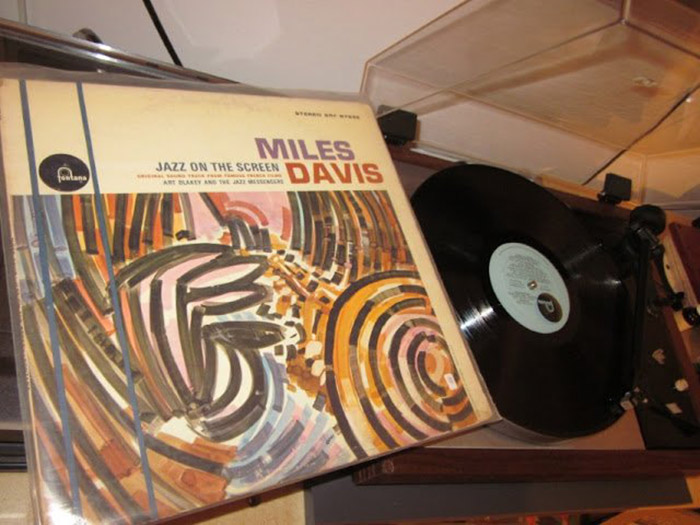 |
| |
| How Good a CD Transport is Required to Sound Better than Streaming? |
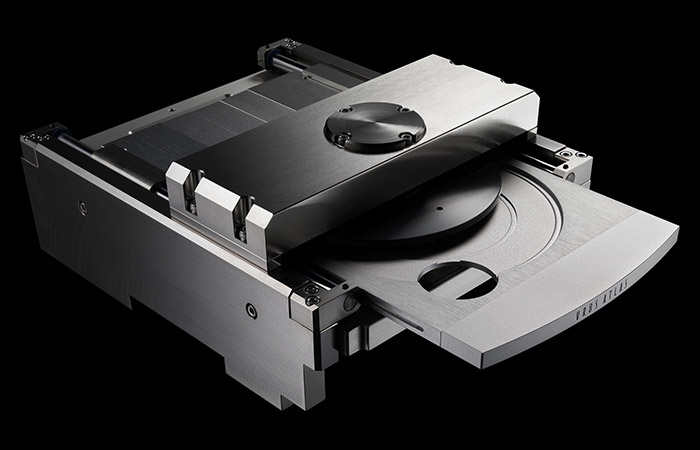 |
| |
| Class A power amps and electricity crisis.. |
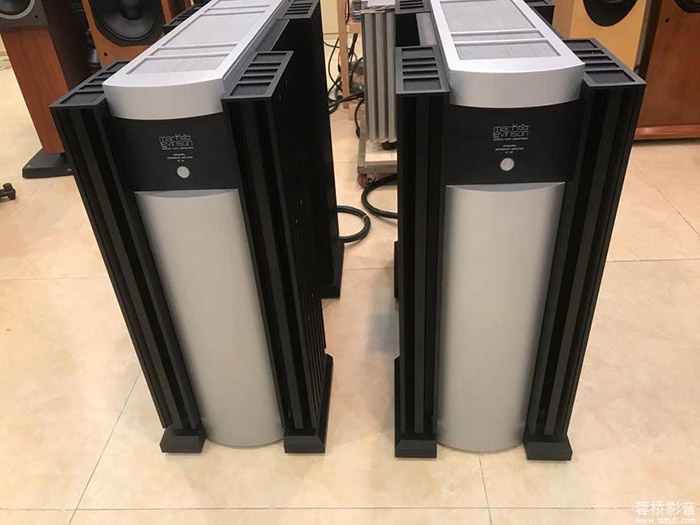 |
| |
| Capital Audio Fest 2022 |
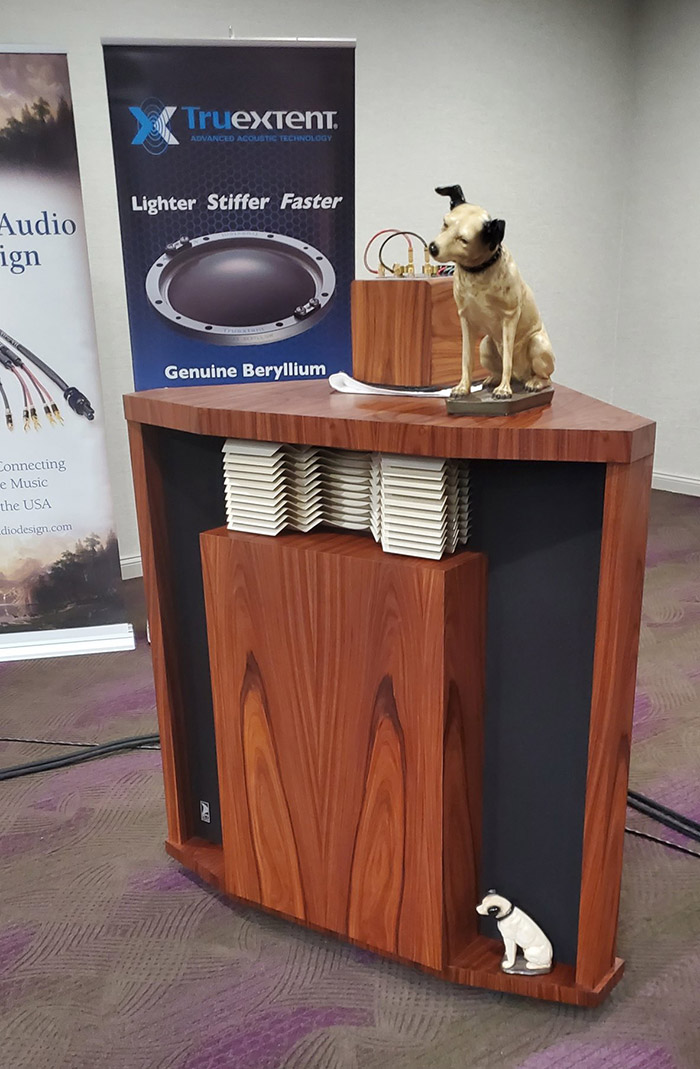 |
| |
| What’s the world’s best 2 watt amplifier? |
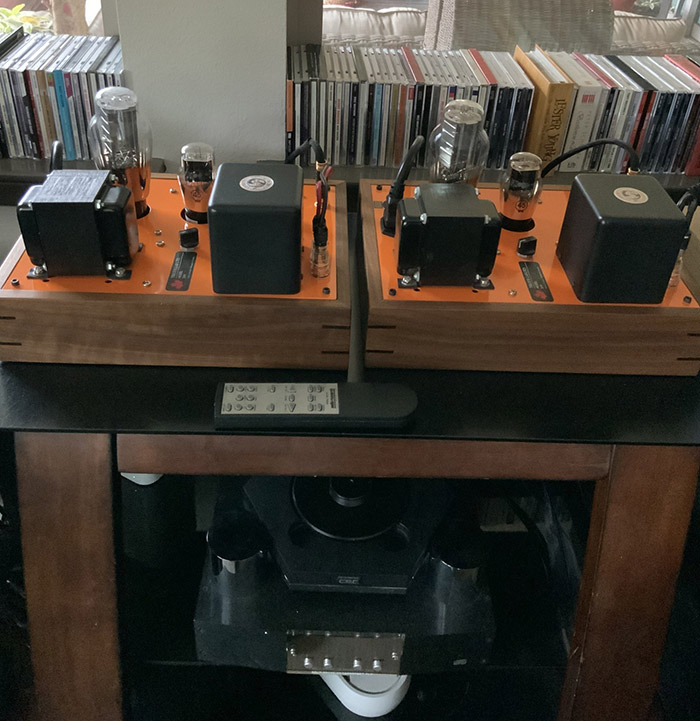 |
| |
| Pilium Audio in action |
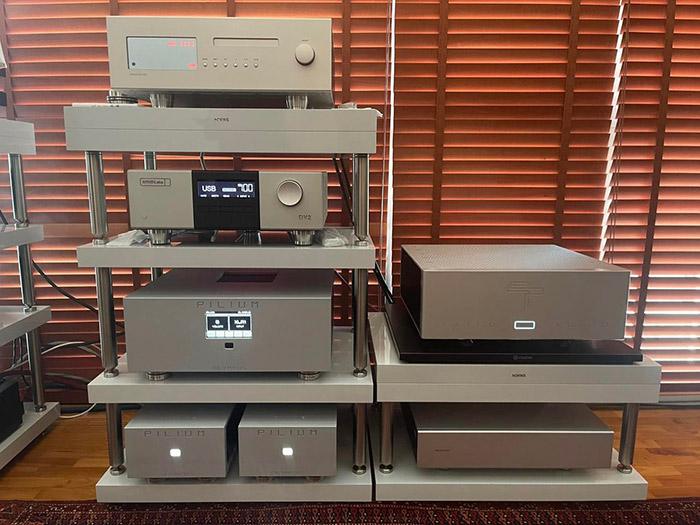 |
| |
| Abbas phono |
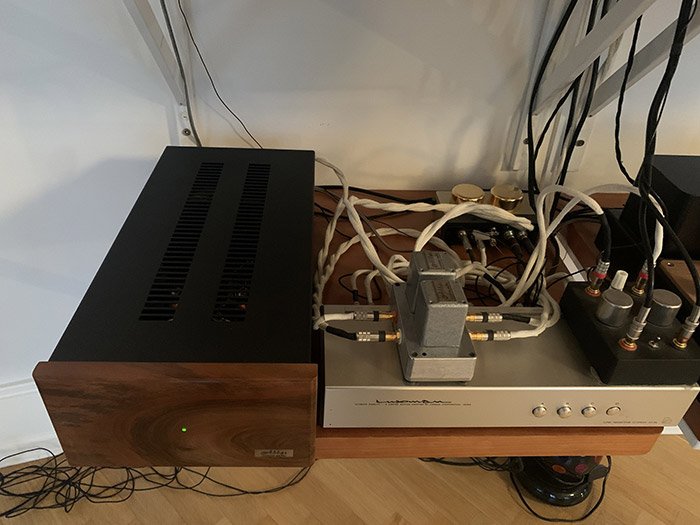 |
| |
| WBF featured Classified / For Sale |
 |
 |
 |
| |

|
|
|
|
|
|